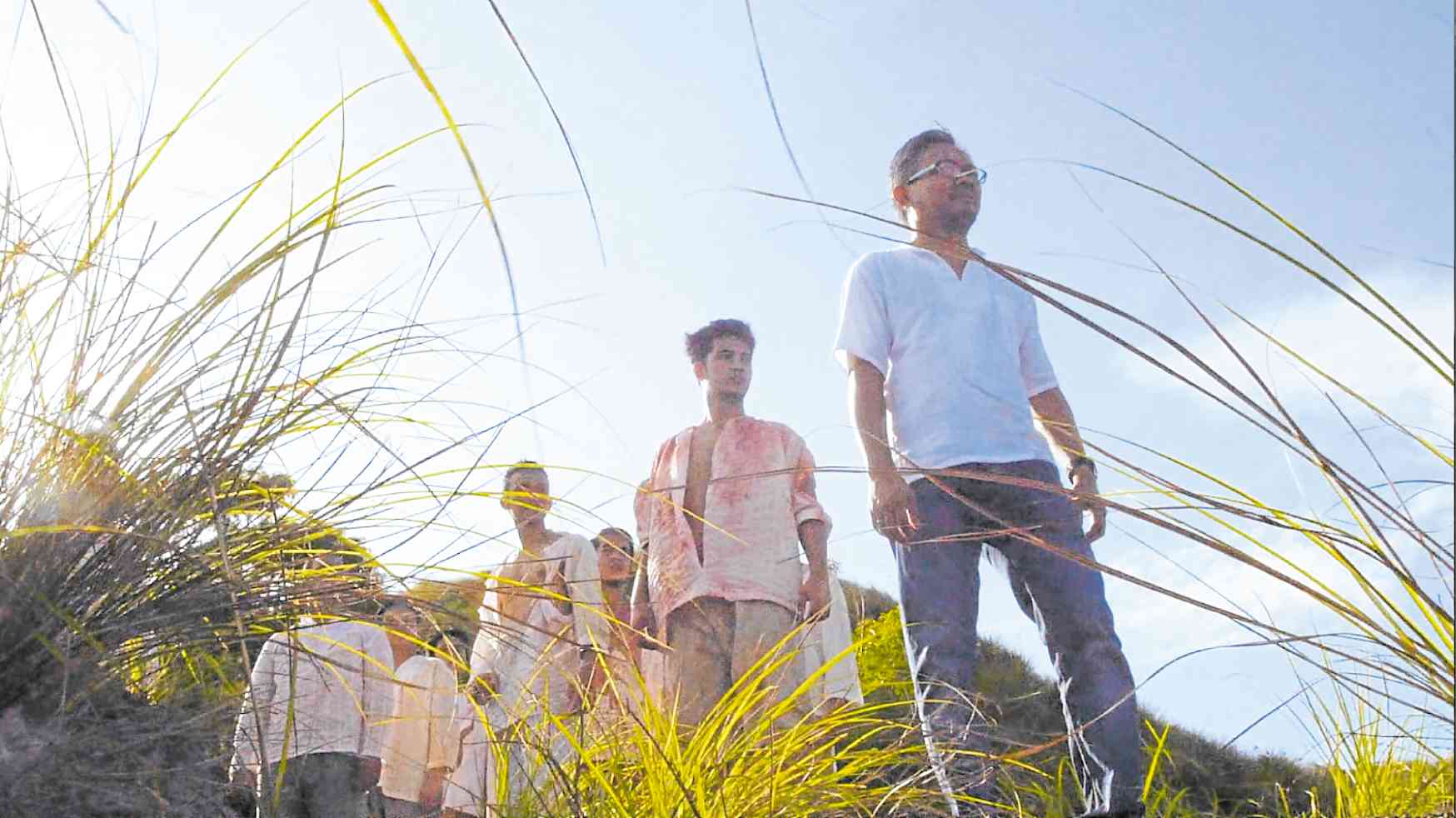How Katipuneros sparked the revolution in Visayas

UNRENOWNED “Daan Patungong Tawaya” is a documentary about the 19 martyrs of Aklan narrated by lead historian John Barrios. —CONTRIBUTED PHOTO
ILOILO CITY—BLOODY stories, brutal fates.
These are images of revolutionary tales likely to be associated with Andres Bonifacio, Marcelo del Pilar, Antonio Luna, and others whose heroic deeds and battle skirmishes are well documented.
But what was happening on Panay Island while clashes in Luzon were going on?
The story of the first Katipunan chapter outside of Luzon, led by Gen. Francisco del Castillo, and 19 martyrs from Aklan province gives a good picture of the revolutionary movement in that part of the Visayas, with smatterings of folk wisdom and lore.
Del Castillo and Candido Iban were given a directive by Bonifacio to start a chapter of the Katipunan in the Visayas after they donated money won from a lottery for the printing of the “Kalayaan” newspaper.
On March 17, 1897, Del Castillo died in a fight. His death sparked the cry for revolution in Aklan.
The remaining Katipuneros were tricked into giving up their weapons in exchange for amnesty, but they were imprisoned and tortured. On March 23, 1897, they were executed.
This rarely documented historical account set in 1897 was transformed into a full-length documentary, entitled “Daan Patungong Tawaya,” or “Road to Paradise,” that was first shown to the public in a local mall on Sept. 7.
“Tawaya,” in the Hiligaynon language, means prosperity, paradise and peace.
Voices from below
“We have to listen to the voices from below, from the provinces because only then when that happens … we can come up with their sense of national history,” said the documentary director, Kevin Piamonte, after the special screening of the film by ERK Productions and its coproducers, the Commission on Higher Education and the University of the Philippines (UP) Visayas.
The seed for this documentary dates back to 1998 when UP Visayas professors, Kevin Piamonte and John Barrios, were both teaching in the university’s Miagao campus where they wrote the initial screenplay.
In 2018, the Film Development Council of the Philippines and the National Historical Commission of the Philippines launched the Sinesaysay documentary lab, which aimed to showcase the unsung and “unvisited” stories that helped mold the country.
After receiving an invitation to send an entry, Piamonte called Barrios, a historian. The two then submitted the material from their 1998 brainstorming. The documentary eventually gained a spot as one of the four finalists of Sinesaysay documentary lab.
Not an easy task
Producing a historical documentary is not an easy feat.
The scarcity of information to be incorporated in the movie challenged the makers to go the extra mile by not relying solely on the conventional historical documents but delving into oral traditions as well.
“I almost dropped the project after two weeks of shooting,” Piamonte said.
Barrios used his researches, interviewed educators and historians and even “shamans” from Panay for the documentary.
“In interviews with the descendants of the revolutionaries, there were narratives about the ‘anting-anting’ (amulets),” said Barrios as he explained how these figured in the film.
Shamans and amulets
There could be no science to explain the power of shamans and amulets. But in the movie, these were what made the 19 martyrs of Aklan brave and courageous, believing that they were safe from any weapons and bullets for as long as they wore the amulets given by the “babaylan.”
History professor Joyce Colon used her extensive researches about the babaylan and their role in the revolution in Panay. She said the first babaylan were women because of their capacity to give birth that portrayed power.
The red gowns that they usually wore displayed power and potency. This was the reason revolutionaries during battles wore red bands on their heads because these were believed to help them endure pain and achieve longevity.
Collecting materials for the documentary was arduous for the producers of the movie. Relying on written accounts was almost impossible because even if there were some, the information was too limited.
Thus the historians included narratives of direct descendants of the revolutionaries and the village healer and chants of babaylan in Panay.
The film is far from the typical historical documentary because it infused multimedia productions, combing live-action shots with animation and comics.
“This is already a step-up because we used to have theater plays before. But now, this is a different media that we can bring to the target audience. This is no longer just a movie but a movement that we are trying to start,” said JR Macahilas, cowriter and director.
Piamonte said: “This documentary should also be a teaching material to be used for educational purposes. One of the objectives is to open the discussion since our history is not yet complete.”